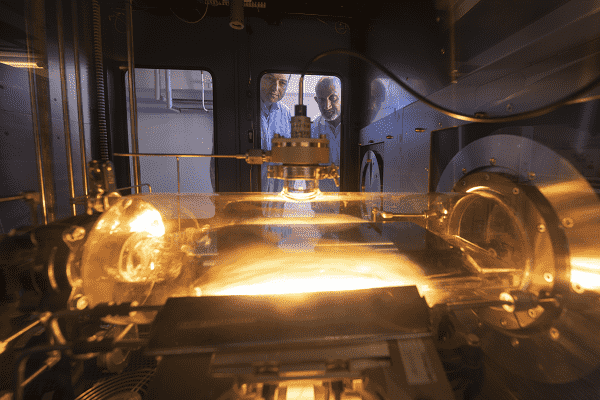Lights on for holograms in your hands and super-fast Li-Fi
Monitoring systems for safer driving, moving holograms on your phone and super-fast, light-based WiFi are a step closer thanks to $34.9 million in Australian Government funding made to The Australian National University (ANU).
Led by ANU professor Dragomir Neshev, the research will look into the interaction of light with nano-materials – tech that is often thinner than a human hair.
ADVERTISEMENT
Dragomir is confident the government-funded Australian Research Council (ARC) centre of excellence for transformative meta-optical systems will drive research to develop smart and miniaturised optical devices that link the physical and digital worlds.
“The centre will help develop real-time monitoring systems for driver fatigue to keep people safe on our roads. It will lead to smaller, smarter, faster and cheaper wearable optical sensors to better monitor our health,” Dragomir says.
“It will also produce holographic displays and augmented reality for more immersive and powerful education in our classrooms, and laser tech that makes autonomous vehicles better at predicting and avoiding hazards.
“And it will underpin light-based WiFi – which is a thousand times faster than current technologies – to be used in our mobile phones and laptops.”
ANU provost professor Mike Calford notes how the new centre will boost Australia’s economy and revolutionise how we use light.
“This includes less invasive medical diagnostic tools that scatter light through the body to detect disease,” Mike says.
“This transformational leap will make Australia’s economy stronger, enrich daily lives and create a safer environment that cannot be achieved with today’s technology.”
-
ADVERTISEMENT
-
ADVERTISEMENT


